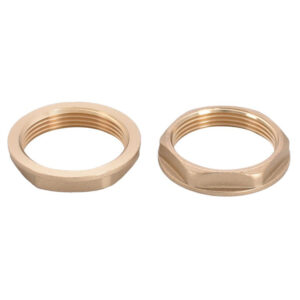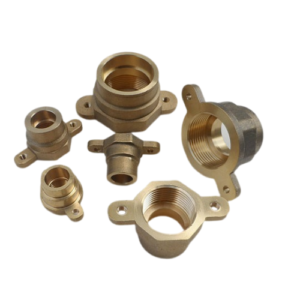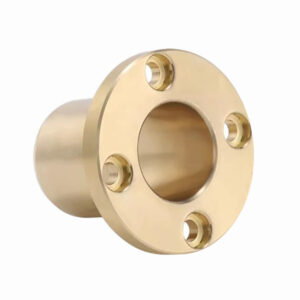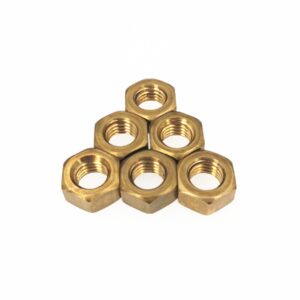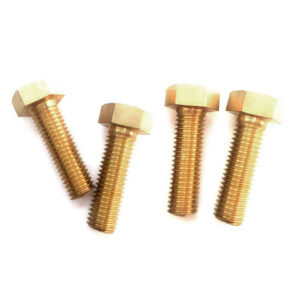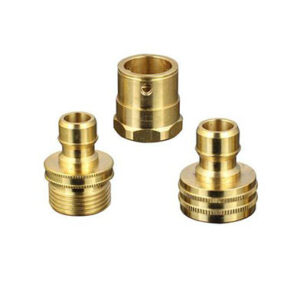H62 Brass has good mechanical properties, good plasticity in hot state and plasticity in cold state, good machinability, easy brazing and welding, corrosion resistance. In addition, the price is cheap and it is a common brass variety widely used.
Chemical Composition of H62 Brass
H62 brass, like other brass alloys, is primarily composed of copper (Cu) and zinc (Zn), with trace elements that contribute to its unique characteristics. The key components of H62 brass typically include:
- Copper (Cu): Copper is the predominant component in H62 brass, typically accounting for about 61% to 63% of the alloy’s composition. Copper provides the alloy with its inherent electrical conductivity, malleability, and corrosion resistance.
- Zinc (Zn): Zinc is the primary alloying element in H62 brass, usually making up approximately 36% to 38% of the composition. Zinc enhances the hardness and strength of the alloy while influencing its corrosion resistance.
- Trace Elements: H62 brass may contain trace elements like lead (Pb), iron (Fe), and tin (Sn) in minimal amounts, depending on the specific manufacturing process. These trace elements can slightly affect the alloy’s properties but are typically present in very low concentrations.
Mechanical Properties of H62 Brass
- Tensile Strength: H62 brass typically has a tensile strength in the range of 290 to 360 megapascals (MPa), depending on the manufacturing process and tempering. This strength level allows it to withstand moderate loads and pressures.
- Yield Strength: The yield strength of H62 brass falls within the range of 180 to 260 MPa. This parameter is essential for assessing the material’s ability to resist deformation under load.
- Elongation: H62 brass typically has an elongation of 35% to 45%. This indicates its ability to deform and stretch without fracturing, making it suitable for forming and bending processes.
- Hardness: H62 brass has a Rockwell hardness (HRB) of approximately 60 to 80, depending on the tempering process. This hardness ensures that the alloy maintains its shape and resists wear and abrasion.
Common Applications of H62 Brass
- Electrical Components: H62 brass’s high electrical conductivity makes it a preferred material for electrical connectors, terminals, and switches.
- Plumbing and HVAC: It is commonly used in plumbing fittings, valves, and HVAC components due to its corrosion resistance and malleability.
- Decorative Items: The attractive appearance and ease of cnc machining and 5 axis machining brass parts make H62 brass suitable for decorative items, including jewelry, hardware, and architectural accents.
- Automotive Parts: It is used in automotive radiator cores, sensor components, and hose fittings due to its corrosion resistance and durability.
- Musical Instruments: H62 brass is used in various musical instruments, including brasswind instruments like trumpets and trombones.
- Marine Hardware: Its resistance to corrosion makes H62 brass a reliable choice for marine hardware and shipbuilding components.
Partial part type display:
